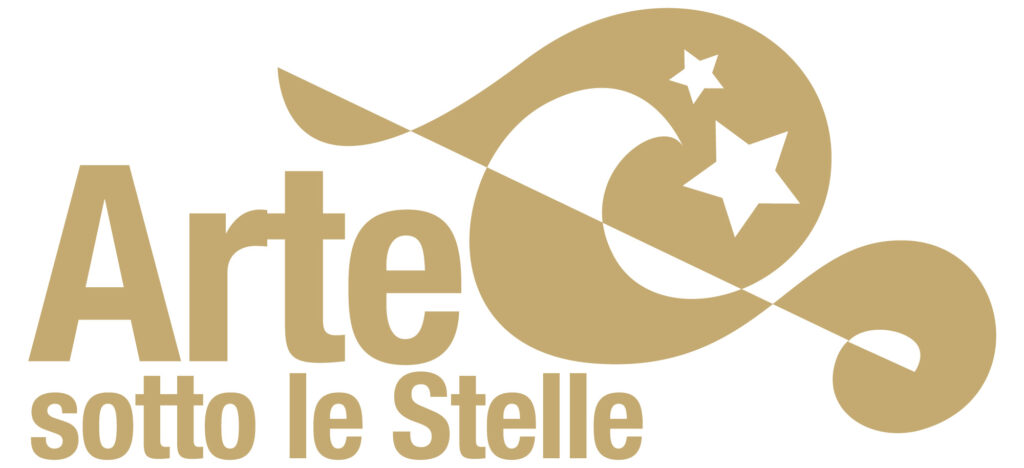Combat of Love and Chastity – Musée du Louvre – Paris
Commissioned by Isabella D’Este for her studiolo in 1497, the work shows an allegorical-mythological subject, the Combat between Love and Chastity: the painting was the third commissioned by Isabella, after two canvasses by Andrea Mantegna (Parnassus and the Triumph of the Virtues, respectively from 1497 and 1499-1502), thus expanding the complex and refined educational cycle wanted by the Marquise of Mantua.
The subject was decided by Isabella herself, and thanks to the rich correspondence between her and Vannucci we know that the painter did not have much freedom concerning the iconographic program: Isabella wanted the battle of Chastity, represented by Minerva and Diana, against Love, portrayed by Venus and Cupid, and she also precisely established positions, attitudes, and attributes of the main characters, among which it is also possible to recognize the celestial Venus, Anteros, nymphs, fauns, satyrs and cupids.
The Marquise also decreed, as explicited in the allotment contract signed in Florence on January, 19 1503 (the year of actual production of the painting), that some scenes had to be depicted in the background, that is to say, some exemplary myths concerning the victory of Chastity over Love, such as Apollo and Daphne, Jupiter and Europa, Mercury and Glaucera, Pluto and Proserpine and Neptune with the Nymph that turns into a crow.
All the mythical scenes are set in a naturalistic flat landscape, interrupted only by some thin trees, while in the background and on the right side gentle hills fade towards the horizon.
The painting was donated by Ducke Charles I Gonzaga-Nevers to Cardinal Richelieu along with all the others who were part of the study of Isabella d’Este. The work is preserved at the Musée du Louvre in Paris.










